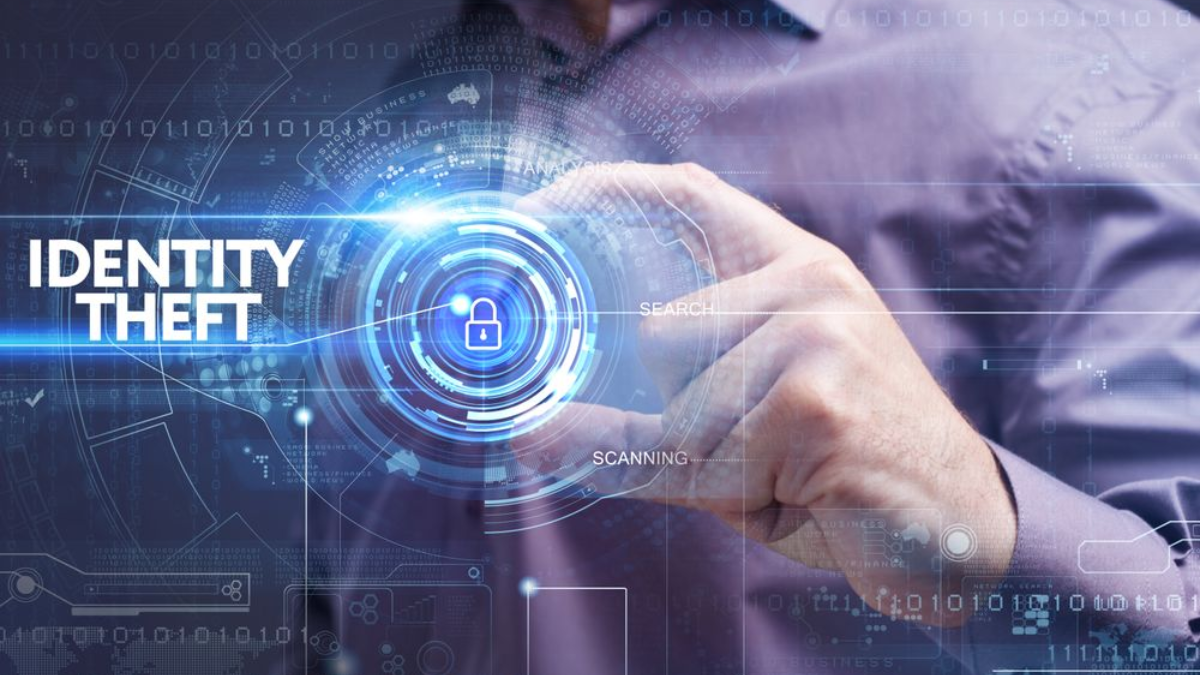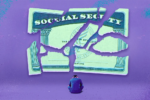Identity theft is a growing concern in today’s digital age, where personal data can easily fall into the wrong hands. Fraudsters use stolen information to open accounts, make purchases, or commit financial crimes, leaving victims to deal with the aftermath. Understanding how identity theft happens and taking proactive steps can save you from significant financial loss and stress.
What is Identity Theft?
Identity theft occurs when someone uses your personal information—such as your Social Security number, bank details, or credit card information—without your consent. The stolen data is often used to open fraudulent accounts, file fake tax returns, or even commit crimes in your name. With advancements in technology, cybercriminals have become increasingly sophisticated, making it essential to remain vigilant.
Common Methods of Identity Theft
- Phishing Attacks: Fraudsters send fake emails or messages designed to trick you into sharing sensitive information.
- Data Breaches: Cybercriminals hack companies to steal customer information, often sold on the dark web.
- Card Skimming: Devices placed on ATMs or gas pumps steal your card information during transactions.
- Mail Theft: Sensitive documents like credit card statements or tax forms can be stolen directly from your mailbox.
Warning Signs of Identity Theft
- Unexpected charges or withdrawals from your accounts.
- Notifications about accounts you didn’t open.
- Sudden drops in your credit score.
- Bills or debt collection notices for unfamiliar purchases.
Steps to Prevent Identity Theft
- Monitor Your Credit Regularly
Check your credit report through free services like AnnualCreditReport.com. Early detection of unauthorized activity can limit damage. - Set Up Alerts
Enable transaction alerts on your bank and credit card accounts to receive real-time updates about any activity. - Secure Your Documents
Store sensitive documents like Social Security cards and passports in a safe place. Shred documents with personal information before discarding them. - Use Strong Passwords and Authentication
Create unique, complex passwords for online accounts and enable two-factor authentication wherever possible. - Be Wary of Sharing Information
Only provide personal data on trusted websites or to verified contacts. Avoid sharing sensitive details over email or phone unless necessary.
What to Do If You’re a Victim
If you suspect identity theft, act quickly to minimize the damage:
- Report to the Authorities
File a report with the Federal Trade Commission (FTC) through IdentityTheft.gov. This provides documentation to help resolve disputes. - Freeze Your Credit
Contact the three major credit bureaus (Equifax, Experian, and TransUnion) to place a credit freeze, preventing new accounts from being opened in your name. - Alert Financial Institutions
Notify your banks and creditors to close compromised accounts and issue new cards. - Monitor Your Credit
Keep a close eye on your credit report for any ongoing fraudulent activity.
The Future of Identity Theft Prevention
As technology evolves, so do the tactics used by cybercriminals. Emerging solutions, such as biometric authentication and AI-driven fraud detection, aim to protect consumers. However, staying informed and proactive remains the most reliable defense.
Conclusion
Identity theft is a serious threat, but you can significantly reduce your risk by staying vigilant and adopting protective measures. Regularly monitor your financial accounts, secure sensitive information, and act quickly if you suspect fraud. By taking these steps, you can protect your identity and maintain financial peace of mind.
For additional resources on identity theft prevention, visit the Federal Trade Commission’s website.
Note: Every piece of content is rigorously reviewed by our team of experienced writers and editors to ensure its accuracy. Our writers use credible sources and adhere to strict fact-checking protocols to verify all claims and data before publication. If an error is identified, we promptly correct it and strive for transparency in all updates.








